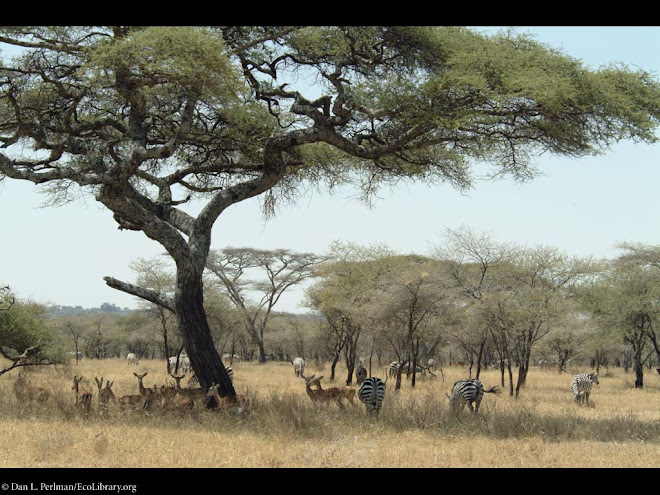Trade Discussion
The main exports for Tanzania include gold, diamonds, other gemstones, and coffee, good and other beverages. Major imports include machinery, manufactured goods, chemicals and related products, and many fuels (CIA World Fact Book). The Tanzania Trade policy was passed in 2003 to have four main goals (CUTS Centre for Competition, Investment & Economic Regulation)
1. Carefully place tariffs and taxes but not too excessively. The reason for this was because of the rights to the consumer. If excessive tariffs were placed, then the consumer could not buy the foreign good if it was cheaper. This is an unfair trade barrier so no excessive tariffs could be placed.
2. Place measures such as pre-shipment inspection and custom evaluations. This was in order to improve the transparency of the exporting process. An increasing number of exporting zones were being built in Tanzania along the coastline.
3. Create safeguards, subsidies, and anti-dumping rules. This was in policy to keep shipping companies in check to keep harbors safe and usable for the population. These rules prevented the increasing pollution problem in Tanzania.
4. To create more tools to regulate the trade market with EPZ, export facilitation, and special processing zones. This was done to attract more foreigners to buy Tanzania’s products because of this safe and transparent way of shipping goods.
Tanzania has achieved more openness with trade by participating in bilateral trade agreements to allow more trade in the sub-Saharan part of the world (CUTS Centre for Competition, Investment & Economic Regulation). These efforts were put together to increase exports and decrease imports yet diversification still appears to be a problem in Tanzania. As 80% of the population of Tanzania works in the agricultural sector, only 20% work in the industrial sector (A.V.Y Mbelle). Tanzania still needs to find a way to diversify their economy to improve productivity and growth in the future. In the 21st century, relying on one cash crop will not lead to a prosperous nation. Another problem is that increased openness has caused more imports to rise. An increasing problem in Tanzania is the concept of comparative advantage. Tanzania does not have the physical capital instilled to have a comparative advantage in goods. Many economists believe that most exports are to other sub-Saharan countries (A.V.Y Mbelle). This problem in diversification and comparative advantage has led some to believe why Tanzania has maintained its large unemployment rate.
Wednesday, December 9, 2009
Subscribe to:
Post Comments (Atom)


No comments:
Post a Comment